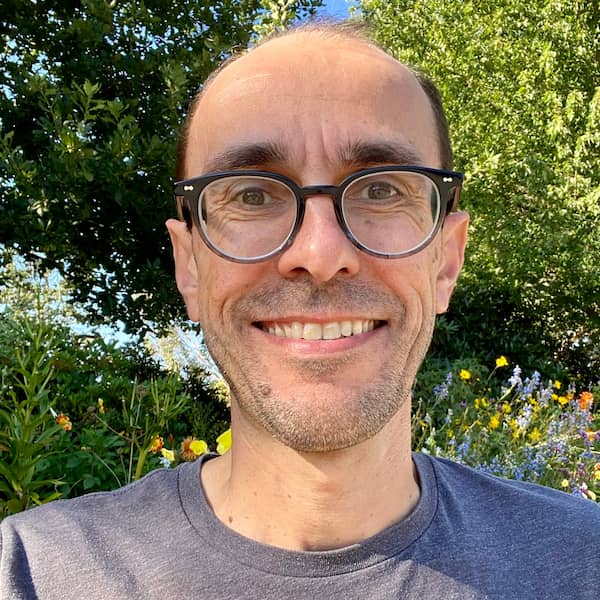Photos and write-up by Ken Byrne, MSFM Lecturer and Program Coordinator.

The Master of Sustainable Forest Management (MSFM) program began like a shot out of a cannon with the arrival of the new 2024/25 cohort in Vancouver on August 19. The first week covered a range of topics in forest health, silvics, soils and forest hydrology among others.



The class also viewed tree removal treatments of hemlock looper (Lambdina fiscellaria lugubrosa (Hulst)) impacted stands in Stanley Park with project managers Bruce Blackwell and Jeff Fisher (BA Blackwell & Associates) and Joe McLeod (Associate Director Urban Forestry / City of Vancouver).


The class then travelled to Nelson, BC on Sunday, August 25 for a week-long field trip to study soils, ecosystems, Indigenous values and perspectives, community forest and woodlot management, forest operations, mills and value-added forest products. Many thanks to all the passionate forest professionals who enriched this unique learning experience.
Monday morning began with introductions to the Selkirk Natural Resource District with Charlene Strelaeff (BCMoF Selkirk, District Manager) followed by site diagnosis exercises in the Interior Cedar-Hemlock (ICH) moist warm subzone including soil pits and vegetation plots under the guidance of Hélène Marcoux (UBC Malcolm Knapp Research Forest, Manager and MSFM Program Co-Director), Deb MacKillop (Provincial Ecologist), Craig Delong, Brendan Wilson and Mike van Wijk.

Special thanks go to Garry Merkel (Director of Indigenous Land Stewardship Centre at UBC) who joined the class for the entire day and enriched the experience with many Indigenous perspectives on ecology, forest management and a sense of place for developing forest professionals at all stages. The afternoon wrapped up with a tour of Woodlot 403 led by Stu Deverney (Selkirk College Forestry Instructor Emeritus).

Morning site diagnosis exercises continued on Tuesday morning in the Engelmann Spruce-Subalpine Fir (ESSF) wet hot subzone followed by a tour of private lands managed by Rainer Muenter at Monticola Forest in Fruitvale, BC. The MSFM class was joined by BC Ministry of Forests professionals to view several examples of thinning, partial harvesting and uneven-aged stand management. These led to many insightful and passionate discussions about numerous forest management options and opportunities in the ICH.




The busy pace continued on Wednesday with a visit to Harrop-Proctor Community Forest (HPCF) and mill which included a cable ferry trip across West Arm. Susan Mulkey (BC Community Forest Association, Senior Manager and Governance Specialist) opened the day with an overview of community forests and Erik Leslie (HPCF, Forest Manager) led a tour with exercises in a range of partial harvesting treatments.




The MSFM class then stopped to view the spawning salmon (Oncorhynchus nerka) at Kokanee Creek Provincial Park on the way back to Nelson.

Thursday was another full day with cable harvesting demonstrations in the Sproule Creek area and wildfire risk reduction (WRR) treatments at Selous Creek on the doorstep of the city of Nelson.
In the morning, Gerald Cordeiro (Kalesnikoff, Forestry Manager), Cam Collanus (Kalesnikoff, Silviculture Forester and MSFM Grad) and Ken Scown (BCTS, Woodlands Manager) led an amazing tour of active winch-assist operations. Al Fitchett (AF Timber, President) was the logging contractor on site and provided the class with further context related to all the complexities and things to consider in the implementation of forest development plans.



In the afternoon, Fons Raedschelders (BC Wildfire, Director of Cultural and Prescribed Fire), Lee-Ann Fournier-Beck (BC Wildfire, Burn Boss) and Gerald Cordeiro (Kalesnikoff, Forestry Manager) led the MSFM students on a tour and discussion about WRR treatments and prescribed fire in the WUI at Selous Creek which overlooks the city of Nelson. Topics covered included all the technical, ecological, collaborative, social license and economic pieces required to implement the project.


Friday was the last day of the MSFM Nelson field trip which concluded with a tour of the Kalesnikoff sawmill and Kalesnikoff Mass Timber (KMT). Clay Winje (Kalesnikoff, Director of Business Intelligence) led the sawmill tour and Erik Laughton (KMT, Quality Assurance Manager) led the mass timber facility tour. Every year there are new developments and this year was no exception. A pilot was underway to manufacture modular housing in preparation for a new facility opening in Castlegar at the end of the year. Of course, no visit would be complete without some passionate and inspirational words from Ken Kalesnikoff (Kalesnikoff, President and CEO).



The week ended with an annual UBC Forestry Alumni and Friends reception with tapas and drinks at the Nelson Museum on Friday night.
The MSFM class loaded into vehicles Saturday morning and reflected on the week during a drive through several biogeoclimatic zones on the way back to Vancouver.
MSFM at UBC Forestry
The Master of Sustainable Forest Management (MSFM) program is a comprehensive 9-month course-based master’s program designed to prepare students for careers in professional forest land management.
The program focuses on equipping students with the knowledge and skills necessary to become effective forest land managers who contribute to the health, sustainability, and productivity of forests.











